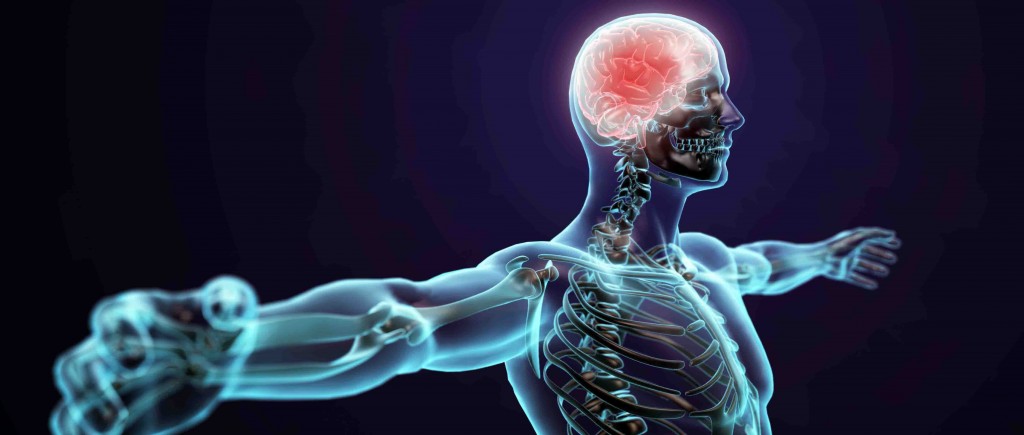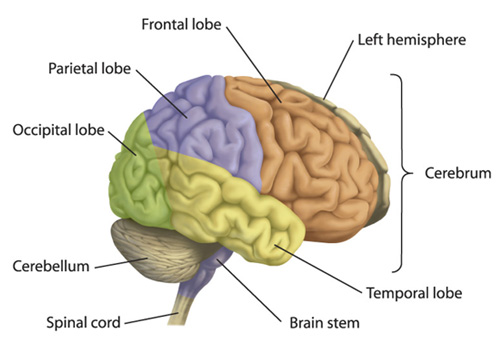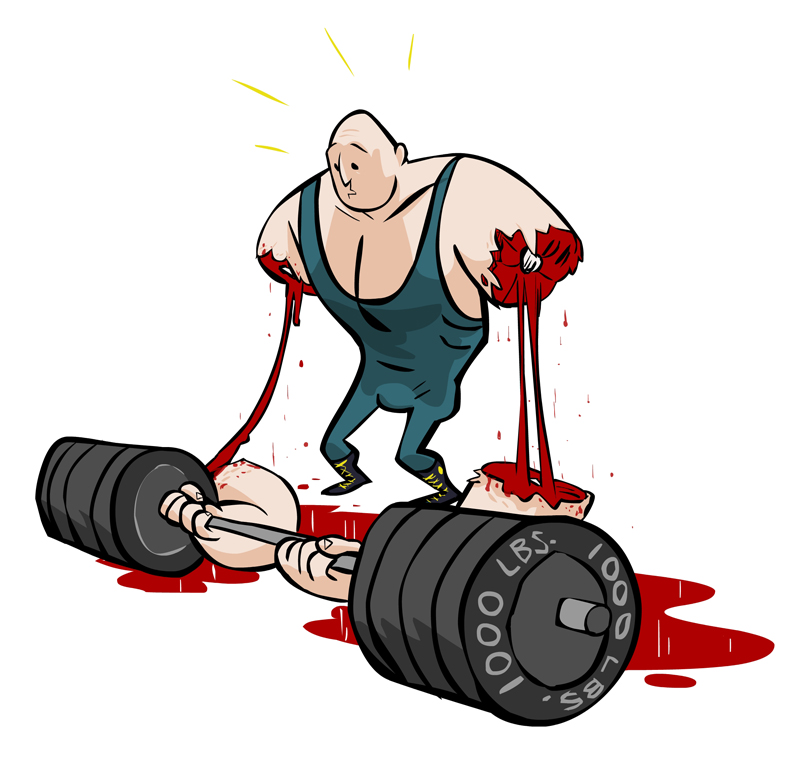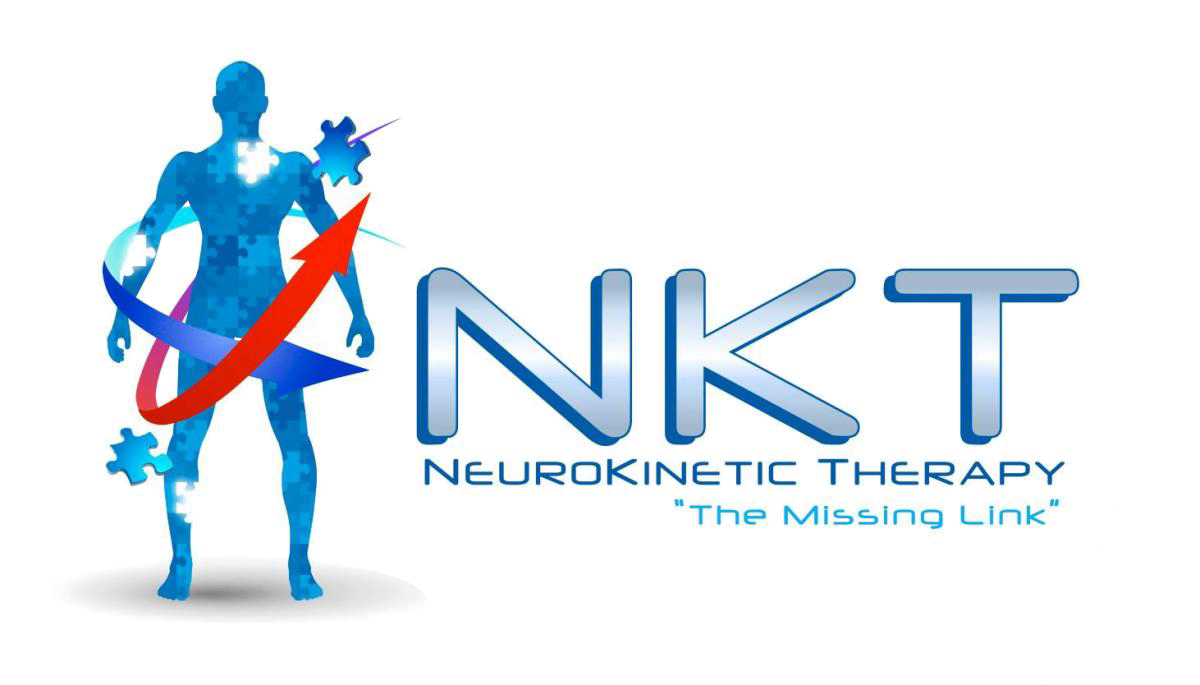What is Neurokinetic Therapy? Overcome pain, increase performance and efficiency.
 Lets face it, we all need to move. The little things really do matter. From hanging out the washing, mowing the lawn, brushing your teeth, dancing to music, playing a musical instrument, rolling over in bed, drawing a breath, unclipping a bra strap, lifting a child, hanging, walking, pulling, pushing, whiping your ass.. What do all these things have in common? Movement.
Lets face it, we all need to move. The little things really do matter. From hanging out the washing, mowing the lawn, brushing your teeth, dancing to music, playing a musical instrument, rolling over in bed, drawing a breath, unclipping a bra strap, lifting a child, hanging, walking, pulling, pushing, whiping your ass.. What do all these things have in common? Movement.
Emotions can run high when we can’t move to our full potential or perform day to day tasks because of pain. It can leave us with many questions.
Why does the left side of my back hurt and not the right? Why when I have the muscles on the left side of my back released, does the work not hold? Why does the tension return?
Why is everyone quick to treat the sight of pain, but doesn’t consider the bigger picture? Perhaps you haven’t asked this question yet, but maybe you should!
Pain is a messenger that there is a problem, but it doesn’t provide us with the finer details as to where the problem is, or why?
Don’t be too hasty to shoot the messenger. Treating the sight of pain may only get you so far.
Is the sight of pain the cause? Or is the pain a symptom of a greater problem? And how can we find this out?
What controls movement?
The Brain.
It is a common misconception that movement patterns are stored in the muscles. Some people call this muscle memory, and therefore when experiencing muscle pain the therapy involves releasing the soft tissue only (hardware). In fact, movement patterns are stored in the brain (software). We must integrate therapy to address making change in the movement patterns in the brain if we want to overcome pain and movement challenges.
The body moves in patterns that are responding to a signal of intent sent by the brain. The Motor Control Centre located in the cerebellum (little brain) is where all movement patterns are co-ordinated. It is directed by the limbic system and cerebral cortex to not only create movement patterns (such as when a baby learns to stand) but also to create substitute movement patterns when we are injured.
For example, if you wanted to pick up an item from the floor, first the motor control centre receives information from the limbic system (“fill my needs”) and then the cerebral cortex (“take this route”) before passing the information to the spine (“do it”) and the musculoskeletal system (“doing it”).
The motor control centre can learn movement patterns based on your history of movement, repetition, injury, emotion, compensation, failure.
I repeat.. We learn from failure.
A good example is a child who is learning to walk. Every successful attempt and failure is an experience for the brain to determine the most efficient way to perform the task at hand.
The brain is an organ of survival, always doing its best to take the path of least resistance. Injury, fatigue, surgery, body modification, all offer potential resistance to fluidity and balanced movement patterning, and therefor compensations must take place.
What your brain may perceive as resistance to the path ahead could be many things based on your life experience, but for now lets consider the following examples –
– Injury – As a kid you hurt your right knee whilst playing Netball. From this injury/failure your brain learnt a substitute movement pattern that allowed you to take weight off your injured knee, and onto your left leg so that you can continue to do what you ask of your body (walk/play/jump etc). Your brain hangs onto this movement pattern and now 15 years later training for your first half marathon, you still carry your weight on your left leg, and for the life of you can’t figure out why your right side of your neck and shoulder get so tight all the time.. You release the tension in the neck performing self mobility drills and receiving massage therapy, but it keeps coming back. Perhaps no-one has ever looked at the pattern you developed from your knee injury years ago?
– Compensation – You work in a seated position in an office and drive your car to and from work each day. While spending a long time in the seated position, your brain learns that your glutes are switched off (use it or lose it) The brains map of where the glutes are becomes foggy and how to use them in efficient sequencing becomes more of a challange. Now when you stand up and your brain can’t find the glutes it must compensate. It choses another muscle up or down the kinetic chain like the calf for example so that it can fulfil your needs. Your personal trainer yells “switch on your glutes” and pokes and prods them but you can’t for the life of you bring them online when you need them. You develop plantar fasciitis and low back pain. Everyone rubs your low back and plantar fascia, but has anyone looked at the relationship between your calves and glutes?
– Consciousness – You are self conscious of exposing your belly because your perception of cultural expectations of what is beautiful and accepted. Because of this you hold in your belly, and won’t allow yourself to take a full diaphragmatic breath (belly breath). You breath up into your chest/neck all the time and as a result lack stability in your centre. Your lats (latissimus dorsi) and other downward rotators of the scapula won’t fire to full potential and you experience shoulder/elbow pain during pull-ups at the gym. Anyone looked at how you breath?
– Repetition – A mum carries her children on one side of her hip for many years as they grow. Years later she begins to experience pain on that side of her hip. She is diagnosed with Trochanteric bursitis. Soft tissue work, pain management, orthotics are all short term relief. Has anyone tried to teach her to weight bare through her opposite leg?
– Failure – You workout at high intensity for time. You are unable to sustain good form (failure) at such intensity but there is no way you are going to let that stop you from winning against the clock. You begin to compensate. You clench your jaw, make all sorts of pain faces, tighten your pelvic floor and hold your breath. Do this enough times and you might just get good at it! Ouch. You develop tension headaches from clenching your jaw so hard all the time. You wear a mouth guard at night and see a TMJ specialist for jaw tissue release but nothing is progressing… Wtf?
– Surgery – You have your appendix out. Whilst the wound is healing, your body has to create a new compensation strategy to stabilise for the down regulation of core musculature. It does so by compressing segments of the lumbar spine. Years later you decide to do some nice things for your body, to grow stronger and more resilient. You are learning how to deadlift and experience a sharp pain at the base of your spine which throws you off track for months. You receive lots of treatment for the spine but just can’t get back on top of your game. Did anyone check to see if/how the scar is affecting the motor control?
If you are struggling with pain, can’t break through a plateau, have muscle tension that won’t release, keep getting the same injury, consider that your motor control / movement patterns might be holding you back.
Enter Neurokinetic Therapy..
Neurokinetic Therapy (NKT) is a form of manual therapy that combines motor control theory and manual muscle testing to address the cause of pain – dysfunctional movement patterns stored in the brain.
NKT uses manual muscle testing to find muscles (movement patterns) that are weak or dysfunctional in relationship to other muscles. We know from motor control theory that if the body fails to perform a specific function, the motor control centre lights up and becomes open to new learning. The therapist uses this to their advantage to reprogram the motor control centre, and correct the dysfunctional movement pattern.
Working in this fashion allows the therapist to bridge the gap between a clients history and their symptoms presenting sometimes many years later. Bringing to life muscles/movement patterns that may have been inhibited, or not used to their greatest potential for a long time.
NKT allows the therapist to connect neck pain to a knee injury as a child, plantar Fascia pain to glute inhibition, shoulder/elbow pain to breathing patterns, hip problems to weight distribution awareness, jaw tension and headaches to core instability, disc issues to scar tissue from surgery.
The motor control pattern in the brain can be corrected quickly, plus individual specific drills and homework are performed by the client for lasting results.
Think about the mum who carries her children on one hip for years. The musician who spends long hours practicing their instrument in interesting positions. A soldier wounded in the leg. The runner who endures a long tiresome race. The tradesman who carries timber on one shoulder. The whiplash injury resultant of a car crash. The golfer who’s swing has never been the same since having his appendix out. The teenager with neck disfunction as a result of text-itis from addictive use of their smart phone. The potential is limitless.
Are you sick of chasing the same old symptoms?
Tired of spending money on therapy for the same old treatment ?
Never getting to the bottom of why your pain keeps returning?
Never explored an old injury or surgery years ago could be influencing your movement patterns today?
Reached performance plateau ?
Want to learn drills specific for your body to improve performance and efficiency?
Perhaps its time to try something new
Seek out a qualified Neurokinetic Therapist and have your motor control patterns assessed. Visit the practitioner listing at www.neurokinetictherapy.com
“The definition of insanity is doing the same thing over and over again and expecting different results” Albert Einstein





